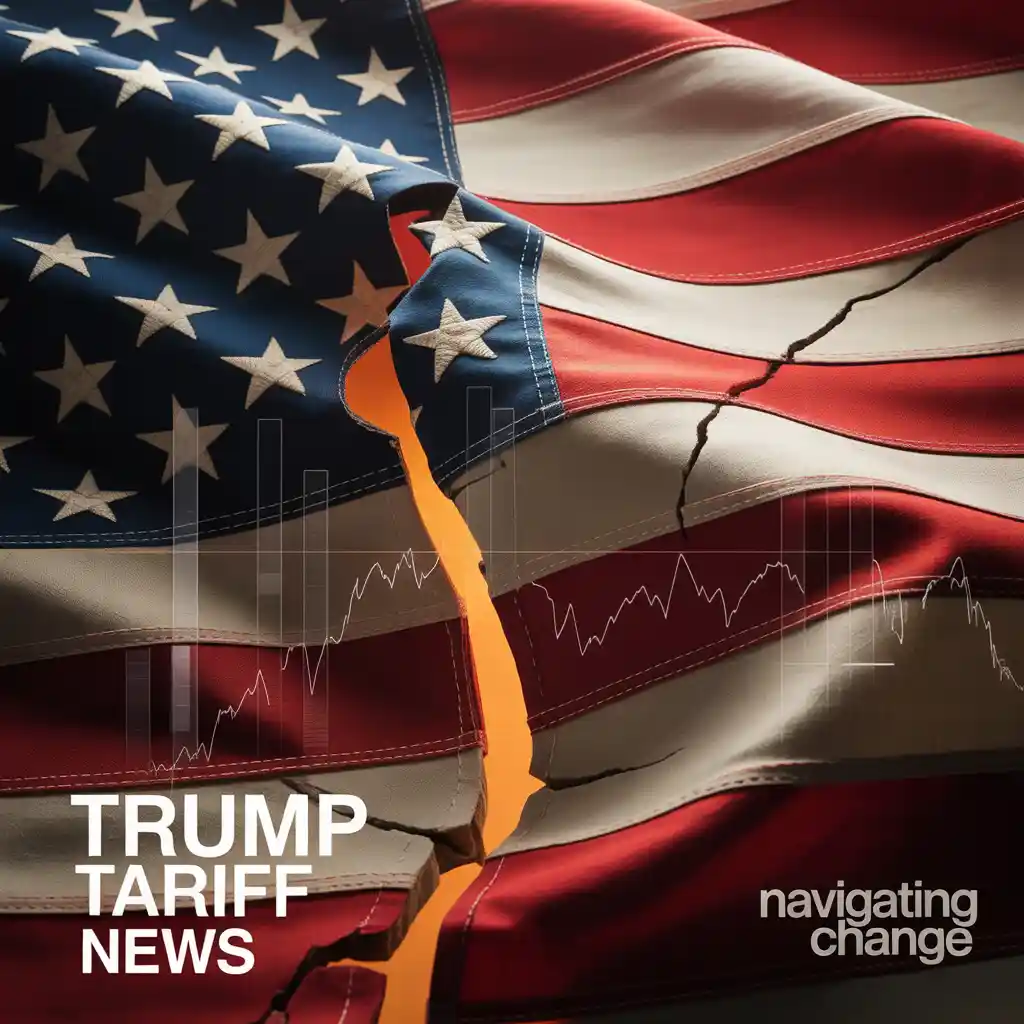Introduction to Trump Tariff News
When it comes to global trade and economic policy, few topics have sparked as much debate as the latest Trump tariff news. Tariffs have been a defining part of Donald Trump’s economic strategy, both during his presidency and in recent discussions about U.S. trade. This approach has influenced relationships with China, the European Union, Mexico, and several other key trade partners.
In this detailed guide, we will break down the latest developments in Trump tariff news, analyze the impact on industries and consumers, and explore how these trade policies shape the global economy.
Understanding the Concept Behind Trump Tariffs
Before diving deeper into the latest Trump tariff news, it’s important to understand the basics of tariffs and how Trump’s approach differs from previous U.S. administrations.
Tariffs are taxes on imported goods, designed to protect domestic industries, encourage local manufacturing, and reduce dependence on foreign products. Donald Trump’s philosophy on tariffs revolved around economic nationalism — the idea that the U.S. should prioritize its own industries and workforce over global trade dependencies.
The Evolution of Trump Tariff News
The Beginning – Trade Wars and the Trump Administration
When Trump first announced tariffs in 2018, it set off a wave of economic and political discussions worldwide. The most notable moves in Trump tariff news involved tariffs on steel, aluminum, and a wide range of Chinese goods worth hundreds of billions of dollars.
Key events:
- March 2018: Tariffs on steel (25%) and aluminum (10%) imposed on imports from multiple countries.
- July 2018: First wave of tariffs on Chinese goods valued at $34 billion.
- 2019: Additional tariffs on Chinese imports, escalating the U.S.-China trade war.
These actions reshaped the narrative around global trade, making Trump tariff news a regular headline.
Trump Tariff News During the Pandemic
The COVID-19 pandemic altered trade dynamics worldwide. While global supply chains faced disruptions, Trump maintained many tariffs, particularly against China. Critics argued that these measures increased costs for U.S. businesses and consumers at a time of economic uncertainty, but supporters believed they reinforced America’s stance on self-reliance.
Post-Presidency Discussions
Even after leaving office, Trump continues to comment on trade policy. Trumps tariff news remains relevant because he has hinted at reinstating or expanding tariffs if he returns to the White House. These statements fuel speculation about the potential economic consequences of another Trump term.
Economic Impact of Trump Tariff News
Effects on U.S. Businesses
Businesses across various industries have felt the ripple effects of Trumps tariff news. Some manufacturing sectors benefited from reduced competition, while others struggled with higher costs due to imported materials.
Examples:
- Benefited: Domestic steel and aluminum producers.
- Struggled: Auto manufacturers reliant on imported parts.
Consumer Price Increases
A major talking point in Trump tariff news is the effect on everyday consumers. Higher import costs often trickle down to retail prices, meaning Americans could end up paying more for goods ranging from electronics to clothing.
Agricultural Sector Response
Farmers were heavily impacted by retaliatory tariffs from countries targeted by U.S. trade measures. China, for example, reduced imports of American soybeans, prompting the U.S. government to provide billions in aid to farmers.
Global Reactions to Trump Tariff News
China’s Countermeasures
China responded strongly to U.S. tariffs, implementing retaliatory tariffs of its own. This back-and-forth escalation became one of the most reported aspects of Trump tariff news, creating uncertainty in global markets.
European Union’s Position
The EU criticized the tariffs as protectionist, warning that they could destabilize international trade norms. They also threatened and imposed retaliatory measures in certain sectors.
Impact on Emerging Economies
Countries reliant on exports to the U.S. saw shifts in their trade strategies, sometimes seeking alternative markets or negotiating new trade agreements.
Trump Tariff News and the Political Landscape
Public Opinion
Public sentiment around Trump tariff news is divided. Supporters argue that tariffs protect American jobs, while critics highlight the risks of trade wars and higher consumer prices.
Congressional Response
Congress has been split on Trump’s tariff strategy. Some lawmakers support a tough stance on trade partners like China, while others call for a more collaborative approach.
The 2024 Election Factor
With the 2024 election on the horizon, Trump tariff news could become a central talking point in campaign debates. Trump’s trade policies remain a defining feature of his political identity.
Industries Most Affected by Trump Tariff News
Manufacturing
Manufacturing was both protected and challenged by tariffs. While domestic production gained some ground, higher input costs created obstacles for certain manufacturers.
Technology
Tech companies faced increased costs for imported components. This aspect of Trump tariff news concerned many in Silicon Valley, especially as global supply chains were already strained.
Energy Sector
The energy industry, particularly in renewable technologies, was affected by higher prices for imported solar panels and related equipment.
Future of Trump Tariff News
Possible Scenarios
- Continuation of Tariffs: If Trump returns to office, many expect tariffs to remain or expand.
- Negotiated Trade Agreements: Potential easing of tariffs through renegotiated deals.
- Wider Global Impact: Tariffs influencing global trade realignments.
Investor and Market Reactions
Stock markets have shown volatility in response to Trump tariff news, with certain sectors experiencing gains and others facing downturns.
Conclusion: Why Trump Tariff News Matters
In conclusion, Trump tariff news isn’t just about economics — it’s about politics, diplomacy, and America’s place in the global market. Whether you support or oppose tariffs, there’s no denying their influence on everyday life, from the cost of goods to the health of industries.
As the conversation around trade policy evolves, Trump tariff news will likely remain a headline-making topic for years to come.
